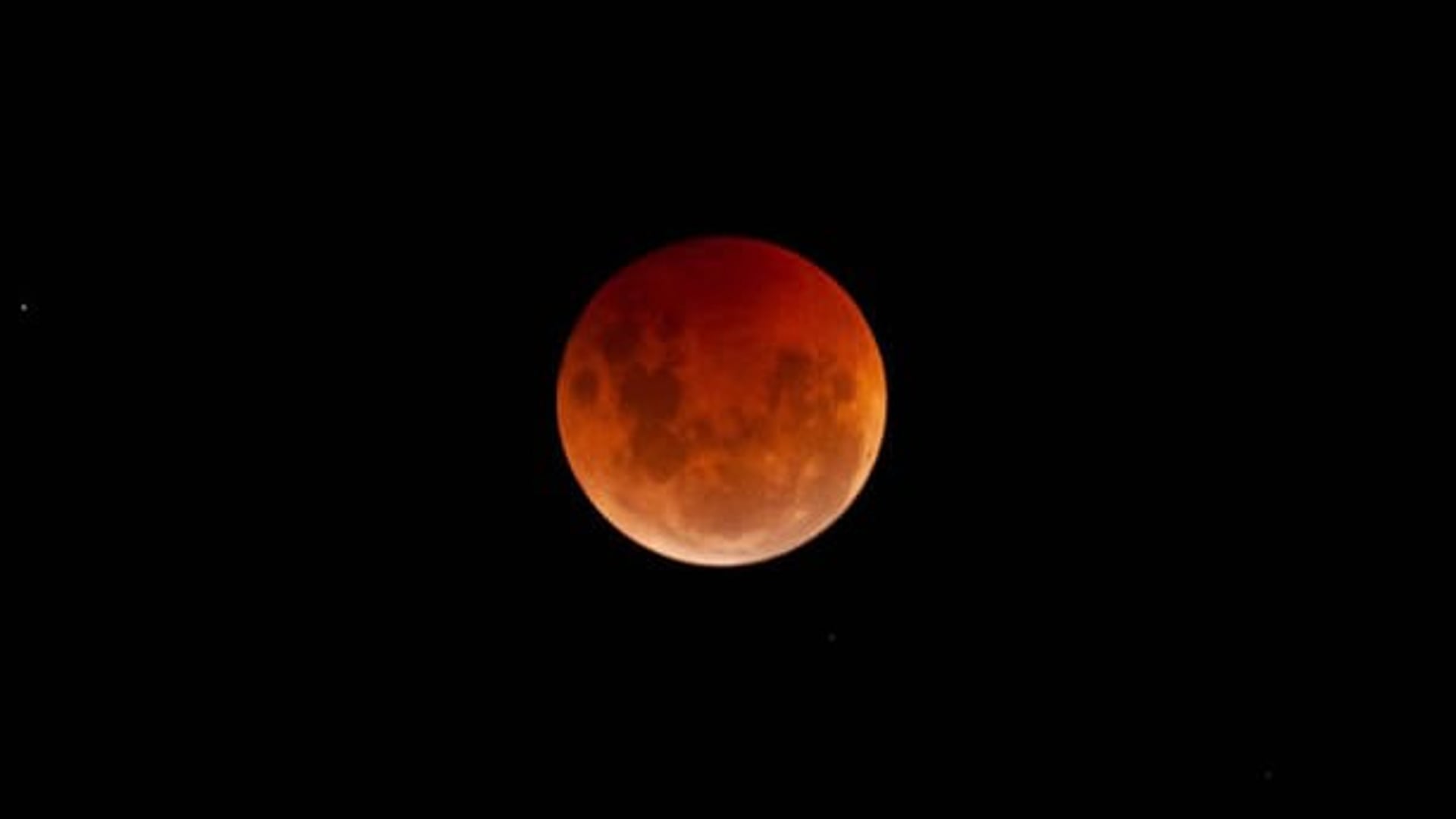West Coast, look up! Key times, when to see tonight's total lunar eclipse in Pacific time

Make plans to stare at the sky tonight, because a total lunar eclipse is happening in just a few short hours.
The rare celestial event, also known as a "blood moon" happens when the moon enters the Earth's shadow, creating a total lunar eclipse. It's the first one that's been visible in the U.S. since November 2022.
The moon will gradually turn deep shades of rusty red throughout totality, thus producing a vibrant visual in the night sky for more than an hour. The moon has a tendency to turn a reddish hue when covered by the Earth's shadow, hence the quirky nickname.
Anyone who misses this "blood moon" will have to wait until March 3, 2026, to catch it again in the U.S.
Here's are the key times to know for moon-watchers on the West Coast.
What time will the total lunar eclipse be visible? See full schedule
People across North America, South America, western parts of Europe and Africa will be able get a good look at the total lunar eclipse Thursday night into Friday.
The cosmic spectacle will officially begin just before 9 p.m. PT Thursday, but visual effects may not be fully visible until just after 10 p.m. PT, which is when "the real action begins" and the effects become gradually more apparent over the next two hours or so, NASA says.
Here's what to expect, courtesy of NASA:
How long will totality last?
NASA reported that the totality of this lunar eclipse is expected to last around 65 minutes.
It typically takes up to three hours and 38 minutes for the Earth to pass in front of the moon, during which time the natural satellite will enter the Earth's penumbra, lighter outer shadow, and umbra, the center and deepest part of the shadow, according to NASA.
Which states will have the best views of the 'blood moon' total lunar eclipse?
Most, if not all, of the 48 contiguous states be able to witness the total lunar eclipse, or "blood moon." Clouds are expected to interfere with the view of the eclipse in some regions, including the West Coast, Rockies and the northern Plain states, according to a National Weather Service forecast.
Hawaii and parts of Alaska will miss the beginning of the initial penumbral phase but otherwise have a great view.
News about our planet: Sign up for Paste BN's Climate Point newsletter.
When is the next lunar eclipse?
Don't worry too much if you are unable to catch this year's "blood moon" because there are more than a few celestial events in your future. There will be 14 lunar eclipses, from 2025 to 2030, and those, nine, will be visible in the U.S., according to NASA.
What does total lunar eclipse look like? See photos of rare 'blood moon'
Contributing: Janet Loehrke and Greta Cross, Paste BN